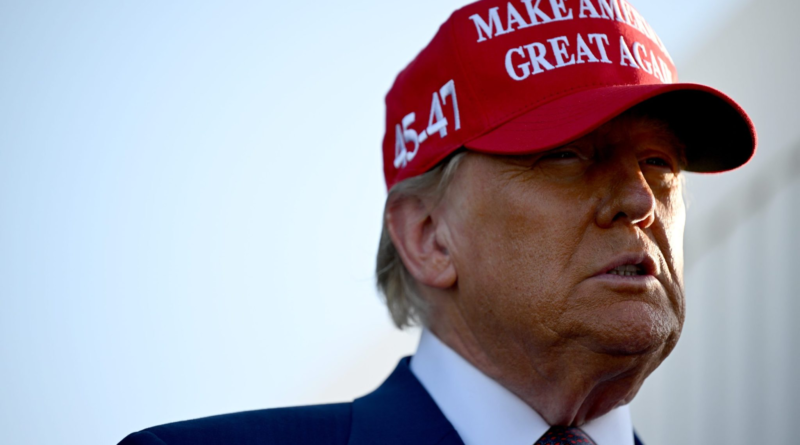Trump is already pushing global markets around and he hasn’t even been sworn in
President-elect Donald Trump is moving markets from his phone, or whichever device he uses to write posts. The once-and-future president hasn’t stepped into the oval office, but that hasn’t slowed things down. Yesterday, he posted to his social media platform to tell everyone: tariffs are coming.
“On January 20th, as one of my many first Executive Orders, I will sign all necessary documents to charge Mexico and Canada a 25% Tariff on ALL products coming into the United States,” Trump wrote. He went on to say it is time for those countries to compensate for drugs and people coming through the border, and the tariffs would remain in place until that stops. In a separate post, he threatened China with more tariffs.
While it seems to signal that he is planning to deliver on tariff promises he made on the campaign trail, Trump might very well not sign that executive order; no one but Trump knows what he’ll do. Still, his words alone shook currencies and pushed markets around. The Canadian dollar and Mexican peso weakened against the dollar on the back of Trump’s threat; the Canadian dollar fell to a four-year low and the Mexican peso, a two-year low. Asian stocks fell, too. Treasury yields edged a bit higher, but generally U.S. markets let the news roll off.
Vice president-elect J.D. Vance echoed his president, posting: “It’s important for our friends and neighbors to not let poison into our country. If they fail to meet this basic obligation they’re going to pay up.” Billionaire hedge fund manager Bill Ackman praised Trump in a post, which read: Trump “is going to use tariffs as a weapon to achieve economic and political outcomes which are in the best interest of America, fulfilling his America first policy. This is a great way for Trump to effect foreign policy changes even before he takes office.” Oh and the world’s richest man, Trump ticket surrogate, and co-head of the Department of Government Efficiency said: “Price of Fentanyl will rise sharply.”
Each of their takes reflects a tone on tariffs Trump has held all along. Six years ago, Trump called himself a “Tariff Man.” On the campaign trail for what’ll be his second presidency, he said, “we are going to be so tough, and if a country is not going to behave, we’re going to tariff the hell out of that country.” The tariff man is back, and it’s been clear from the get he sees tariffs as a tool. He isn’t afraid of a trade war either; he’s called them “good, and easy to win.”
Mexico and Canada are our two largest trade partners; and the U.S.-Mexico-Canada Agreement is a Trump-era policy that mostly banks on free trade. Either way, not everyone agrees with Trump’s tariffs. Economists have called them inflationary. The Peterson Institute for International Economics previously found a 10% universal tariff, something Trump has floated, could cost a middle-income household $1,700 a year, and a 20% universal tariff would cost that same middle-income household $2,600 a year.
We’ll see if his picks to lead commerce or Treasury will attempt to reign in the tariff talk, if at all—the two appear to support Trump’s agenda.




